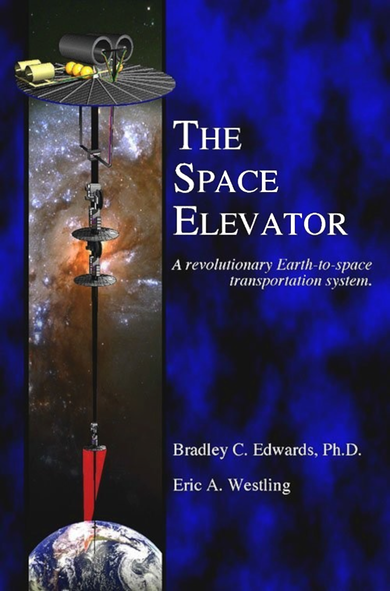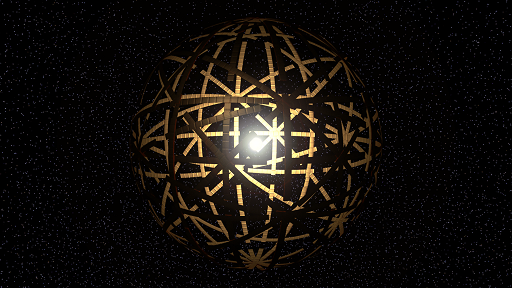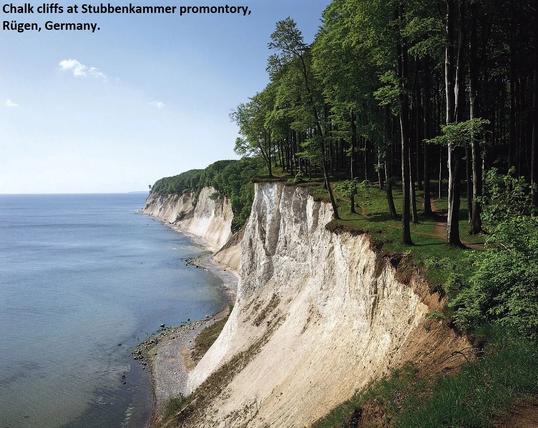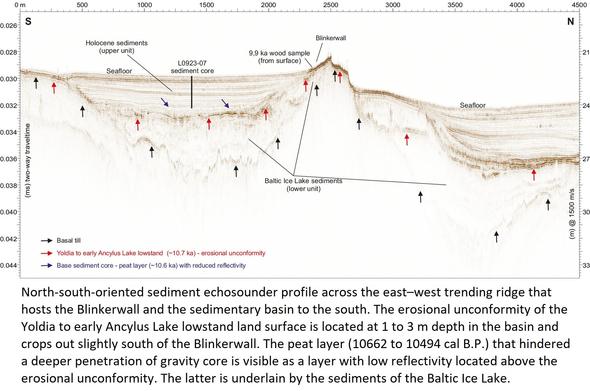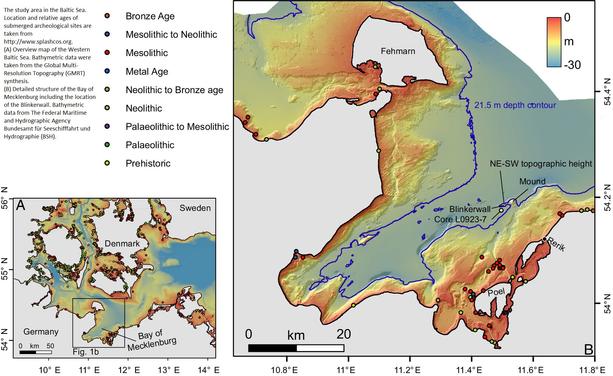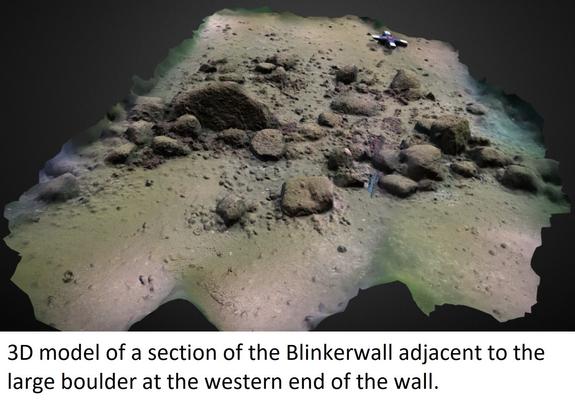#Megastructure
#Zotum #Plurk #Bluesky #Thread #sotwe #libreddit #reddit #4chan #8kun #kbin #lemmy #typerme #tretratto
#maskuga #islelagoon #navayaisle
MY EARTH BOUND FORUM
https://earthbound.mybb.rocks/
MY LOFORO
https://maskugatiger.loforo.com/
MY BASTYON
https://bastyon.com/maskugatiger
Sorry for the delay in replying! Let’s be clear upfront: we can’t build a fully operational space elevator with today’s technology.
But history shows us that what seems impossible today can become reality tomorrow. When President John F. Kennedy set the goal of landing a man on the Moon in 1961, many thought it was a pipe dream. Yet less than a decade later, the Apollo program succeeded, proving that with determination, innovation, and investment, the impossible can be achieved. So, while ambitious, a space elevator is a plausible future project.
Trying to be as objective as I can, here’s a more nuanced take on feasibility — starting with economics. A space elevator would be expensive; estimates vary, but it’s safe to say it would be a multi-billion-dollar project. To put that in perspective: SoFi Stadium cost $4.9 billion, and the Apollo program cost about $203 billion (adjusted to 2015 dollars). Expert analyses estimate the cost of the first space elevator between $6 billion and $100 billion depending on design and infrastructure included. So financially, it’s ambitious but plausible, especially as a long-term infrastructure investment with transformative potential for space access and sustainable resource use.
The technical challenges are immense, but so are those of every large, unprecedented undertaking. Picture a tether anchored to a mobile ocean platform, gently swaying with the waves, while robotic climbers ascend and descend, carrying cargo and passengers to the stars.
Several organizations, including the International Space Elevator Consortium, are actively developing the technologies and infrastructure needed. While we’re far from the finish line, the potential benefits—significantly reduced launch costs, increased space access, and large-scale space-based solar power—are exciting.
A key technical hurdle is finding a material with sufficient tensile strength. Though it might sound counterintuitive, a space elevator is more like a suspension bridge to space than a giant tower. The concept evolved from building “bottom-up” to a “top-down” approach, where a geostationary satellite deploys a cable down to Earth. Currently, carbon nanotubes (CNTs) and ultra-high molecular weight polyethylene (UHMWPE) are leading candidates for tether materials. For example, Shizuoka University in Japan is prototyping and testing high-tensile-strength materials in space. The key issues remain: producing suitable materials like carbon nanotubes at scale.
In conclusion, while we can’t build a fully operational space elevator today, overcoming the technical difficulties in the near future is possible. With continued advances in materials science, engineering, and technology, we may soon see the space elevator shift from futuristic fantasy to game-changing reality.
I’m no space engineering expert, so I welcome corrections and insights.
---
References & Further Reading
- Edwards, Bradley C. “The Space Elevator.” https://nss.org/wp-content/uploads/2017/07/2000-Space-Elevator-NIAC-phase1.pdf
- Gao, Tianrui. “The Feasibility Analysis of a Space Elevator.” https://ijetch.org/2024/IJET-V16N4-1290.pdf
- International Space Elevator Consortium — Annual Studies https://www.isec.org/studies/#ApexAnchor
Recommended Videos
- Space Elevators: Strategies & Status — https://youtu.be/V0ju74IqW0A
- Clean Energy From Space? — https://youtu.be/iNqCAvL1T1Y
- Asteroid Mining — https://youtu.be/3-3DjxhGaUg
- Everyone is Wrong About Asteroid Mining — https://youtu.be/p3hlnL2JN8E
CC: @cy @isecdotorg @sorceressofmathematics @goodmirek @tiotasram @Ifrauding @Elrick_Winter @tiotasram @davidtheeviloverlord
#SpaceElevator #FutureTech #SpaceExploration #Innovation #ScienceFiction #Engineering #SpaceTravel #CarbonNanotubes #UHMWPE #FeasibilityStudy #SpaceAccess #SustainableTech #SpaceResearch #SpaceEngineering
#SpaceTechnology #SpaceEconomics #SpaceInnovation #SpaceDevelopment
#megaprojects #SpaceTower #Megastructure
How to Build a Dyson Sphere - The Ultimate Megastructure
By 2030, the world’s longest suspension spans, tallest crossings and every record-holding cable-stayed #megastructure will bear the imprint of #China's civil engineers.
#DidYouKnow: A #Dyson #Sphere is a hypothetical #Megastructure that completely encompasses a star and captures a large percentage of its power output.
The concept is a thought experiment that attempts to explain how a spacefaring civilization would meet its energy requirements
peaceful among the transport, transport among the lights.. #art #lore #worldbuilding #scifi #scifiart #cyberpunk #neon #alien #alienart #furryart #exosuit #city #spaceship #megastructure
background art for a flyer commissioned last week. digital collage in Blender with light post-processing, rendered in Cycles on low quality settings for extra grain.
#ArtistsOnMastodon #CommissionsOpen #DigitalCollage #DigitalArt #Blender3D #EnvironmentArt #surreal #psychedelic #megastructure #ConceptArt
#Scientists Discover a 10,000-Year-Old #ManMade #Megastructure Under the #BalticSea
https://www.inverse.com/science/blinkerwall-baltic-sea-megastructure-discovery
Scientists hope studies into Boyajian’s star could lead to enhanced techniques for identifying distant planetary civilisations
It is our galaxy’s strangest star,
a flickering globe of light whose sporadic and unpredictable output has baffled astronomers for years.
But now the study of Boyajian’s star is being promoted as a research model that could help in one of the most intriguing of all scientific quests:
finding intelligent life on other worlds.
This is the argument that Oxford University astrophysicist Prof Chris Lintott will make at a public lecture
– Is it Aliens? The Most Unusual Star in the Galaxy
– at a Gresham College lecture in Conway Hall, central London on Monday.
His prime target will be Boyajian’s star, sometimes nicknamed Tabby’s star after scientist Tabetha Boyajian,
in the constellation Cygnus whose odd dimming and brightening has been the subject of intense study by space probes and observatories in recent years.
“Its behaviour is extraordinary,” Lintott told the Observer.
“It has rapid, random bursts where its brightness drops dramatically and then returns.
There is no pattern to it.
It flickers as if somebody was playing with its dimmer switch.
There is no other star like this in our galaxy.”
Boyajian’s star was studied in detail by the Kepler space observatory in 2012 when its erratic behaviour was first uncovered.
These observations indicated that a huge mass of matter circles the star in tight formation and sporadically blocks its light.
But what was the nature of this vast mass of material?
Dust rings, disintegrating comets and swarms of asteroids were all put forward as explanations.
However, most attention went to the theory, proposed by scientists at Penn State University, that the eclipsing mass could be a huge #alien #megastructure.
#Boyajian #star
https://www.theguardian.com/science/2024/apr/27/is-it-aliens-how-a-mysterious-star-could-help-the-search-for-extraterrestrial-life?CMP=Share_iOSApp_Other
#DidYouKnow: A #Dyson #Sphere is a hypothetical #Megastructure that completely encompasses a star and captures a large percentage of its power output.
The concept is a thought experiment that attempts to explain how a spacefaring civilization would meet its energy requirements.
A #stoneage wall stretching for nearly a mile over the seabed in the Bay of Mecklenburg at the bottom of #BalticSea may by the oldest "#megastructure" in #Europe. Named the #Blinkerwall, it rests under about 70 feet of water and the best guess is that it was constructed by hunter-gatherers by a lake or marsh in about 8,000 B.C.
https://www.theguardian.com/science/2024/feb/12/stone-age-wall-found-at-bottom-of-baltic-sea-may-be-europes-oldest-megastructure
Wall Under The Baltic Sea - A 'Megastructure' Built By Stone Age Hunter-Gatherers
--
https://www.npr.org/2024/02/22/1232694592/blinkerwall-stone-age-megastructure-hunting-underwater-baltic-sea <-- shared media article
--
https://doi.org/10.1073/pnas.2312008121 <-- shared paper
--
#GIS #spatial #mapping #remotesensing #sonar #marine #balticsea #baltic #seafloor #hydrospatial #archaeology #Mecklenburg #Germany #bay #seafloor #StoneAge #hunting #reindeer #hunters #huntergatherers #researchvessel #3dmodel #megastructure #holocene #UAV #hydroacoustic #imagery #sediment #sampling #paleolake #humandevelopment #Paleolithic #iceage #wall #blinkerwall
A submerged Stone Age hunting architecture from the Western Baltic Sea (open access in US)
**Significance**... #ancienthistory #archeology #huntergatherer #history #ancient #megastructure #AncientHistory
Revisisted a base I made for a collab previously (you can see the outcome of that one here: https://mastodon.art/@smilingdemon/111499126992991964). The collab went a totally different direction so this felt like a good place to continue with my efforts to get some motivation back in art wise.
Made with a mix of Blender, Cinema4D and Affinity Photo.
Titled: Daylight Rising.
#MastoArt #ArtOnMastodon #SciFi #ScienceFiction #ArtByAlastairTemple #SpaceShip #Megastructure #ScifiArt #blender3d #b3d #C4d #AffinityPhoto
A color sketch for a more detailed painting I would like to do in the near future. From my Lith IP. #scifi #spaceopera #space #spaceship #megastructure #scifiart #concept #conceptart #conceptdesign #visdev #digitalpainting
The #MusicVideo for my song "Incursion":
https://youtu.be/8lGpgY__Ghg
Really liking how it turned out!
#Music #ElectronicMusic #Video #SciFi #Space #HybridOrchestral #MusicVisualizer #Art #SpaceArt #Megastructure
